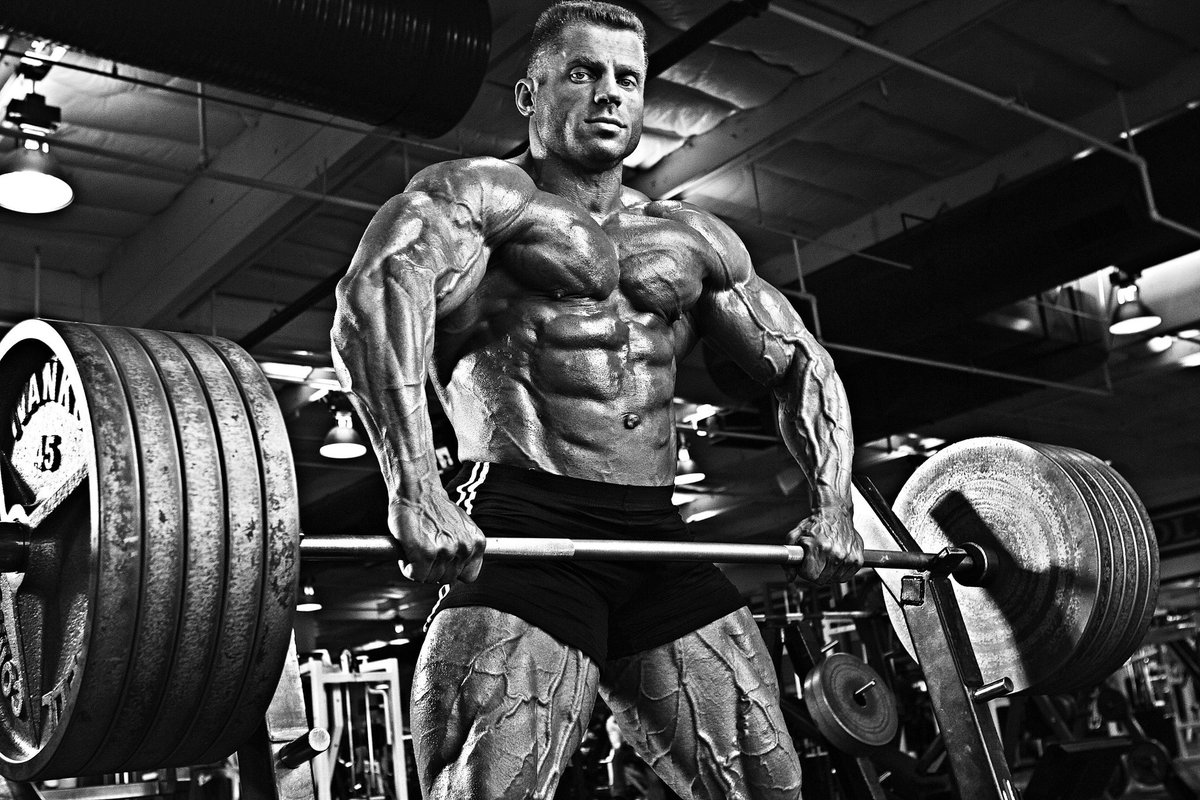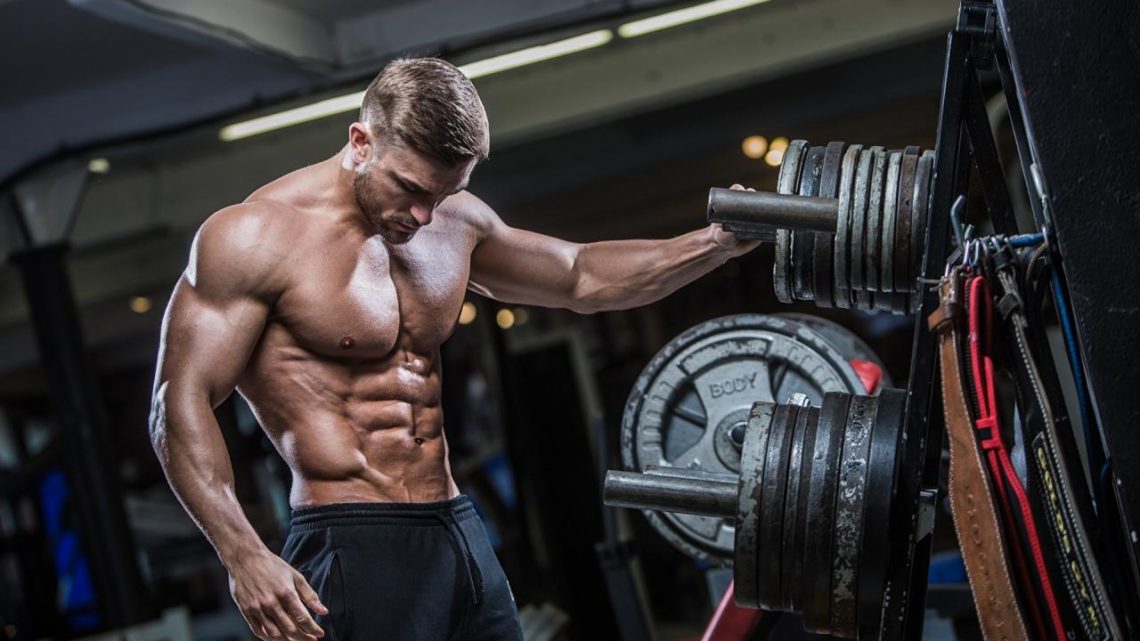High-intensity or super-intensity training
July 10, 2021Super-intensive training (from the English – High intensity training or HIT ) – a direction in strength training , where the emphasis is on increasing the intensity of trainin in order to create overload, which leads to more pronounced muscle hypertrophy , explosive strength , active release of free testosterone (in men) and a decrease in fat mass .
Super Intensive Training was developed by Arthur Jones and then popularized by Mike Mentzer . The most popular direction in super-intensive training is the Max-OT systemhowever, in practice, it has many disadvantages.
This should not be confused with interval training for fitness and high intensity interval training for athletics.
High intensity means using large operating weights (80-100% of the re-maximum ).
General idea
Since the intensity of the workout usually decreases towards the end due to muscle fatigue, the growth-stimulating effect on the muscles decreases along with this, so super-intense training involves a short duration of training, which allows you to create maximum load on the muscles.
Super-intense training has several fundamental principles: exercise short, repetitions infrequently, and maximum intensity. All exercises should be done with maximum effort, as this is believed to be the most stimulating muscle for growth and strength.

High-intensity training practitioners find this method to be the most effective at increasing muscle mass and strength compared to methods that recommend using lower weights with more repetitions .
In parallel with the increase in strength indicators, super-intense training involves a progressive increase in weights, since this prevents the development of muscle adaptation (otherwise it is called the principle of shock – at each new workout, the muscles are forced to do a lot of work, which forces them to grow).
As you know, there is an inverse relationship between the intensity of training and its duration, so training should not be longer than 1 hour.
High-intensity training, like traditional training, requires ample recovery time and ample stimulus during training. The minimum rest period for large muscle groups (back, chest, legs) should be 5-7 days or more, small (neck, deltas, triceps, biceps, forearm, abs, lower leg), as a rule, less.
Most often, super-intense training consists of two to three workouts per week in a split program , 1-2 sets per exercise. Some techniques advocate training all muscle groups in one workout, but this is quite difficult to implement in practice.
The exercises should be done very slowly, the movements should be fluid and highly technical, especially the eccentric phase . Great importance is attached to conscious control and concentration on muscle work.
Dashes, wrong trajectory and cheating should be completely absent. In some high-intensity training methods, it is recommended to create a peak contraction (maximum muscle tension at the peak of the weight lifting), followed by a smooth lowering. In some cases, it takes up to 30 seconds to complete one repetition, but in practice this is recognized as ineffective.
Super Intensive Training – Application Practice
Super-intense training differs in many ways from the traditional approach to bodybuilding. Some of its features are really effective, and some are completely unacceptable for most athletes. In this chapter, we will try to highlight the main advantages and disadvantages, as well as describe them.
The main disadvantage of high-intensity training is extreme in all its manifestations: too low a repetition rate, unacceptable split, low reps, etc., in general, these recommendations are much less likely to fit than what is given in the basic programs.
If you have been doing bodybuilding or powerlifting for more than a year, we recommend that you first of all familiarize yourself with the training program for professionals . Practice shows that an experienced athlete responds positively only to 10-20% of the methods from any training program, the same statement is relevant for super-intensive training.
These 10-20%, you must allocate on your own in the course of the experiment, which involves the inclusion of 1-2 new principles in the training program, and then the results are evaluated. If there are no changes, then this does not suit you, if there is, then you can continue further.




